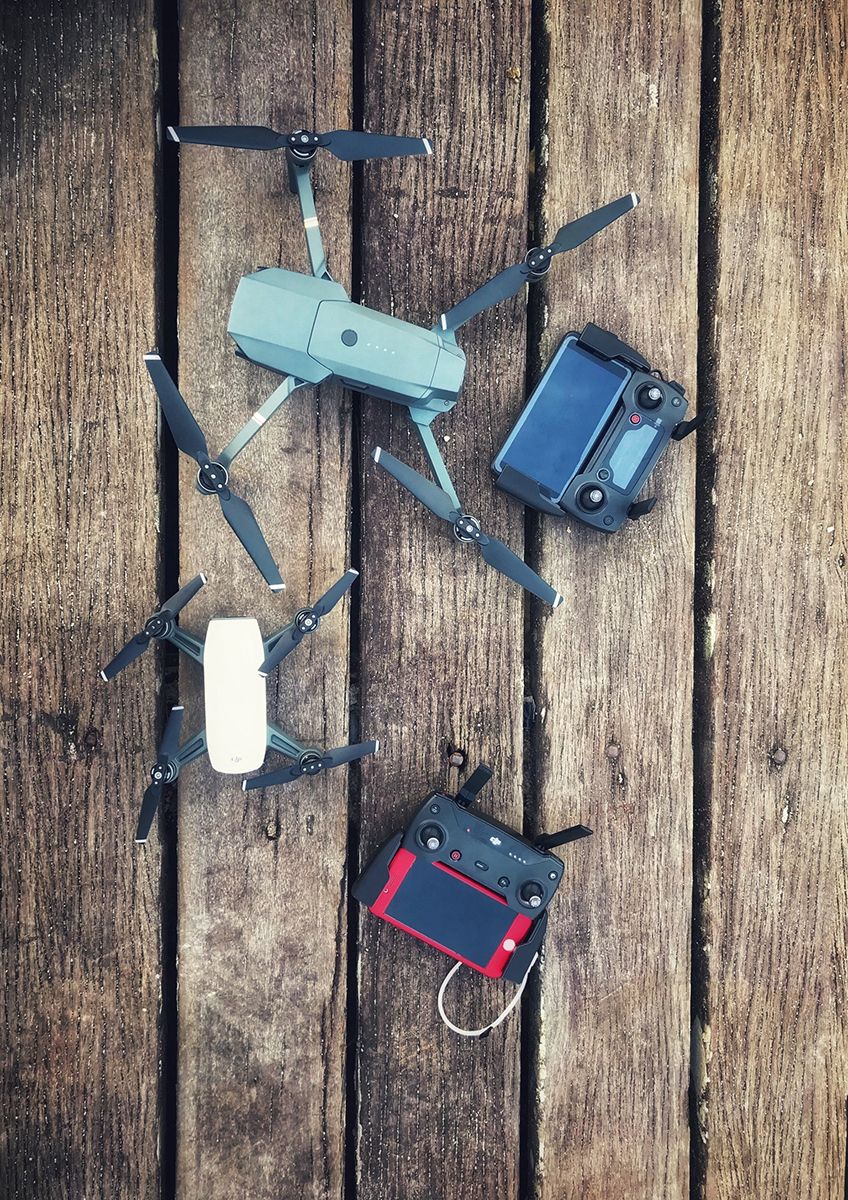Drones are hard to out detect. As in, sensors platforms suitable of detecting drones are themselves easy to detect. The simple cause is that aircraft can have good mobility at minimum size and complexity, while land and sea vehicles suffers mobility wise if it is too small. Now, remove the requirement for mobility and ground clutter enables stealth: this points to air dropped and air landed sensors. A fly in flight is easy to detect due to noise (energy emissions) while an ant is far harder to detect, and you just dump out ants out more mobile platforms.
----------
One may ask, what is the really novel thing about "drone" technology? The miniaturization and cost reduction of sensing, communication and compute enables such systems to be fitted to increasingly smaller and cheaper platforms.
For platforms where sensing and compute do not dominate the costs, the impact is small. For applications where cost of sensing and compute limits application, the change is dramatic.
Guided munitions against structures, aircraft, ships, and tanks all have integrated sensing and compute decades back. Technology means the relevant systems can be cheaper or higher performing, but constraints in this domain usually wasn't the main limiting factor.
From an attack perspective, what is new is even smaller scale:
1. Anti infantry missiles like switchblade 300
2. Anti infantry bomber from DJI with ducktaped bomb dispenser and up
3. Anti light vehicle guided "rocket", general purpose guided artillery
People have thought a lot about air defense for armored formations. People have not figured out air defense for a fireteam.
The other new thing is electrical aircraft. It have low costs but also low range. I believe this category of aircraft would define the "close fight": it would be tightly integrated to land platforms and conduct defensive missions when fighting a modern long range engagement (when 25km NLOS ATGM, 70km guided ramjet shells and 160km MRLS becomes common).
Given the advantage in sensing capability of micro-aircraft outlined on top, in a meeting engagement land forces will start and become heavily engaged beyond LOS. A "close" fight is induced only when a defender, lacking in long range fire superiority, uses defensible terrain to limit long range fires and such plans become increasingly compromised by improved sensing. Attempts for from an attacker to force a close fight without long range superiority is likely to end in disaster as it has increasingly happened.
Musketry and Cold Steel have coexisted for centuries, and the increasing relevance of the gun was gradual but certain. "Artillery" as we know it have coexisted with closer forms of combat for a century and that conceptualization of warfare (range, sensor shooter separation-networking) can gradually and certainly increase. From a vehicle perspective, whether the projectile it launches use rocket power, explosive power, electrical power, or gas power can be generalized into a smooth curve of cost-endurance-velocity relation and optimization for mission shall determine design.
The compensation to increasing firepower of the gun was not increase in cavalry to "force shock against increased firepower", but new method of war and completely new technology of armored internal combustion machines. The compensation to increasing ranged firepower from the new "long range precision fires" is still to be determined.
If Javelin swarms aren't a thing it's hard to believe that "drone swarms" will become a thing anymore than waves of cruise missiles are a thing.
But Javelin swarms are a thing. A few days of transportation enabled sufficient supply of ammo to halt the premier ground threat dead in its tracks. In the decade before that, some constrained supply enables to some rebels to stop one of the largest tank forces hard and stall out the war into a decade long slog. While very large ammo stockpiles are possible by reducing requirements, redevelop using modern tech. and plan for scale, given the low force sizes (on both sides) it is not useful. While more munition helps, it is of less value than increasing capability in other domains that is far more lacking, like the artillery fight, the air war while there are only so many tanks and decades of production is looking to be lost in 2 years.

 consortiq.com
Rather it is to have a place where we can look at general developments in UAV technology and ways to kill drones.
consortiq.com
Rather it is to have a place where we can look at general developments in UAV technology and ways to kill drones.
 consortiq.com
consortiq.com

